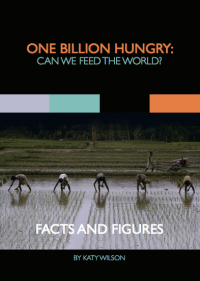This week’s summary on the news stories, reports and blogs that have grabbed our attention. We welcome your thoughts and comments on these articles.
Building a Food-Secure World Helps America Prosper, Chicago Council on Global Affairs
Nutrition and Social Protection, FAO
Weak links hamper knowledge sharing in agriculture, SciDev.Net
Paying farmers to help the environment works, but ‘perverse’ subsidies must be balanced, EurekAlert
Creating an enabling environment for livestock development in Ethiopia, ILRI
SPECIAL SERIES -Wanted: data revolution to track new U.N. development goals, Thomson Reuters Foundation
Can open data prevent a global food shortage?, The Guardian
The challenge of fighting poverty through farming, The Daily Monitor
Food security: businesses want government intervention to avoid long term risk, WWF
Big Ideas and Emerging Innovations, Chicago Council on Global Affairs
Plant Doctor Game app was downloaded 1111 times!, Plantwise
As drought hits maize, Tanzania cooks up a sweet potato fix, Thomson Reuters Foundation
Understanding the SDGs: Tom Bigg, IIED
LUMENS is illuminating land-use planning for sustainable landscapes, Landscapes for People, Nature and Food
Farm to Table in Africa, Chicago Council on Global Affairs
FAO Food Price Index registers sharpest fall since December 2008, FAO










